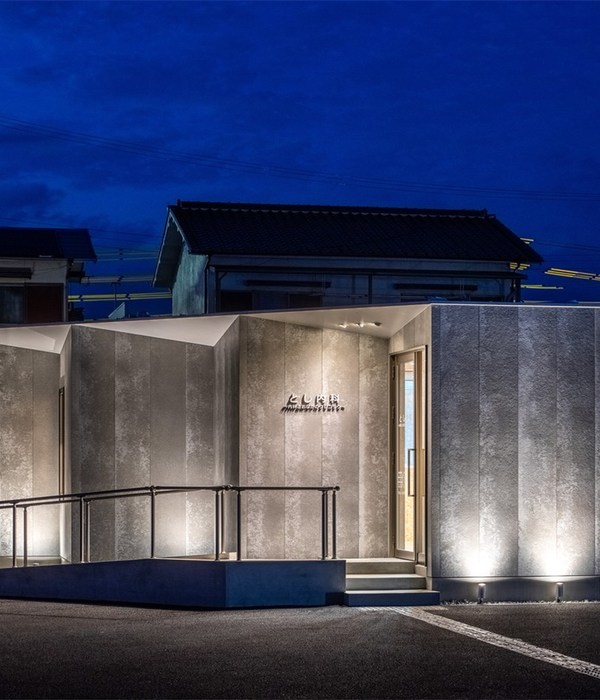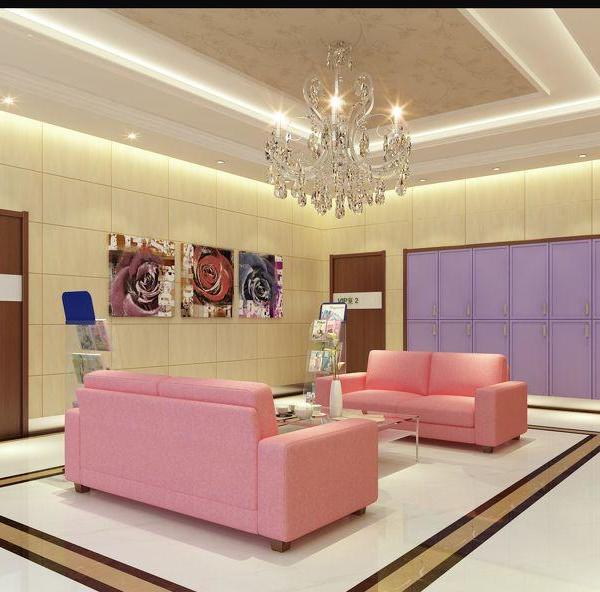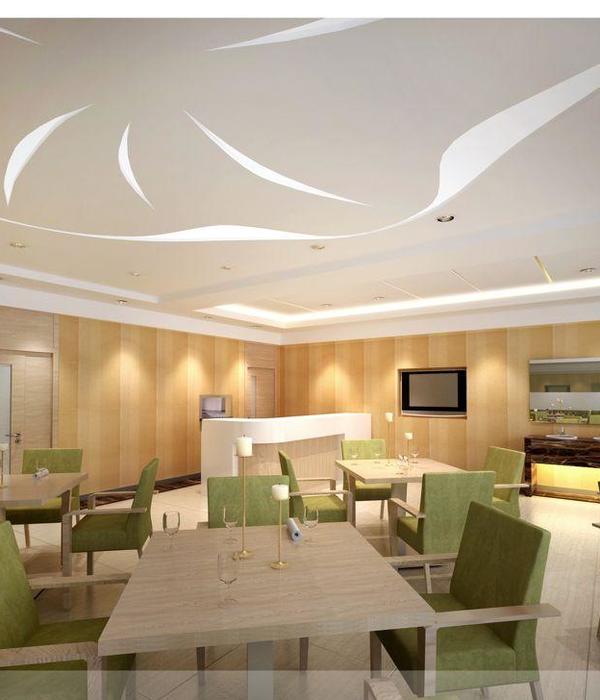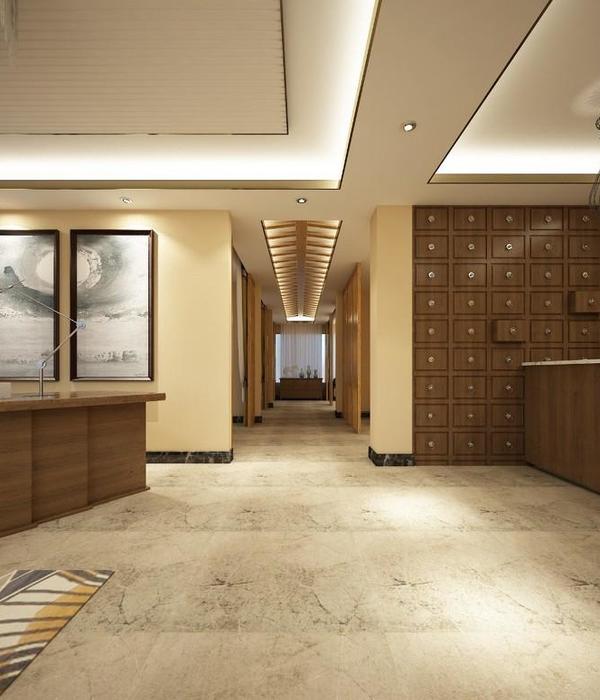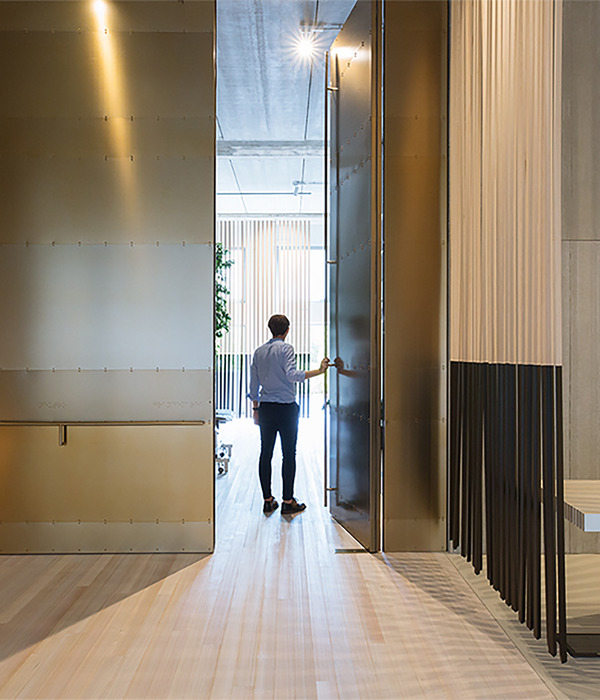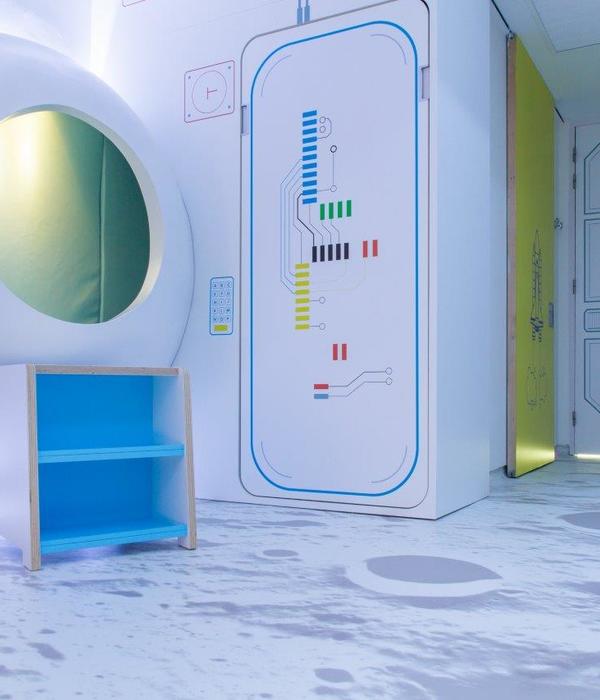The new Manta Hospital, located in the coast of Ecuador, is the third healthcare center that PMMT Architecture, based in Barcelona and Madrid, has built in this country. With more than 24.000 m2, it offers its services to 200.000 inhabitants of the city of Manta and has become a benchmark hospital, thanks to three main features: its universal accessibility measures, that make it absolutely inclusive; the hyperflexibility achieved by its the parametric design system; and the earthquake-resistant structure and façade. These aspects make it one of the most innovative hospitals at an international level.
In 2016, the province of Manabí suffered a devastating earthquake that completely destroyed the former Manta hospital. Given this context, the construction of the new equipment was needed as soon as possible. Therefore, it was decided to build a new health center following the parameters of the “Fluid Hospital”, a methodology created and developed by PMMT Architecture. Previously PMMT had already designed and built two other hospitals in Ecuador in the cities of Machala (2016) and Puyo (2013). Both buildings were also a response to the need of being built in record time - less than a year from the beginning to the end of construction - and with a tight budget. Such working methodology consists in defining those parameters which, correctly combined, guarantee the good functioning of the healthcare building as well as its adaptation to future changes: this involves parametrizing the organization and location of the corridors according to their use (public, private, maintenance, supplies…), the metrics of the layout and blocks, the modulation of the façade, the strategies for future extension, vehicular access, location of the installation galleries and other regulations that are vital for the beginning of the construction works.
The Manta Hospital incorporates a structure capable of resisting to earthquakes with standards that exceed the public regulations: the façade was designed to minimize damages that can hurt people or stop the functioning of the hospital. An articular system was implemented so that all the efforts that occur in the structure are not transmitted to the façade nor the carpentry, and are absorbed thanks to a spring system that guarantees flexibility between the different elements. Also, the use of polycarbonate has resulted in a light and high-performance façade, able to withstand an earthquake through joint technology. On a formal level, the white color that defines the skin of the entire building stands out in contrast to the chromatism of the local architecture. In addition, the orthogonal image of the plot orders the spaces on the floor: the hospital is distributed in wide general circulation corridors and open waiting areas. The different accesses emphasize its implementation and allow to enjoy four facades oriented in a Cartesian way. The building, with the shape of a large horizontal prism perforated by patios, is a modular, extroverted, moldable, fluid, flexible, interchangeable, polycentric, sectorized and functional space.
{{item.text_origin}}


